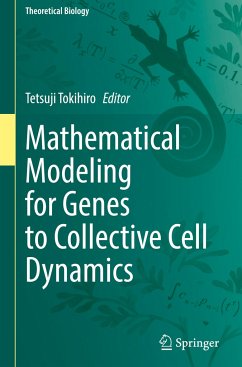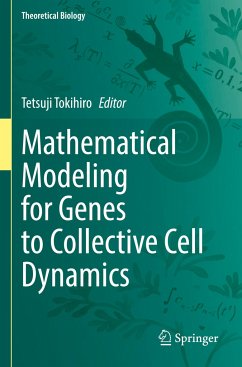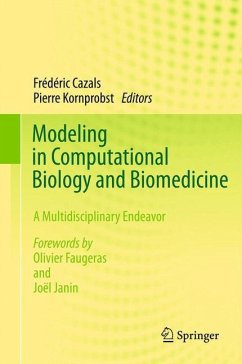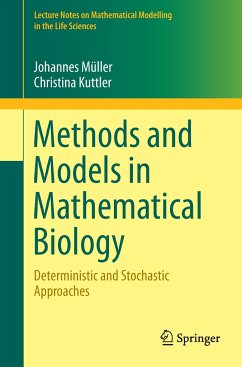
Computational Cell Biology

PAYBACK Punkte
38 °P sammeln!
This textbook provides an introduction to dynamic modeling in molecular cell biology, taking a computational and intuitive approach. Selected biological examples are used to motivate concepts and techniques used in computational cell biology through a progression of increasingly more complex cellular functions modeled with increasingly complex mathematical and computational techniques. Detailed illustrations, examples, and exercises are included throughout the text. Appendices containing mathematical and computational techniques are provided as a reference tool. Advanced undergraduate and graduate theoretical biologists, and mathematics students and researchers who wish to learn about modeling in cell biology will find this book useful. "What better tribute to the late Joel Keizer than to expand his unfinished accounts of teaching and research to a splendid book. COMPUTATIONAL CELL BIOLOGY performs much more than it promises, for it also deals with considerable analytical material and with aspects of molecular biology. There's something for everybody interested in how modeling leads to greater understanding in the core of the biological sciences." -Lee Segal (Weizmann Institute).
This text is an introduction to dynamical modeling in cell biology. It is not meant as a complete overview of modeling or of particular models in cell biology. Rather, we use selected biological examples to motivate the concepts and techniques used in computational cell biology. This is done through a progression of increasingly more complex cellular functions modeled with increasingly complex mathematical and c- putational techniques. There are other excellent sources for material on mathematical cell biology, and so the focus here truly is computer modeling. This does not mean that there are no mathematical techniques introduced, because some of them are absolutely vital, but it does mean that much of the mathematics is explained in a more intuitive fashion, while we allow the computer to do most of the work. The target audience for this text is mathematically sophisticated cell biology or neuroscience students or mathematics students who wish to learn about modeling in cell biology. The ideal class would comprise both biology and applied math students, who might be encouraged to collaborate on exercises or class projects. We assume as little mathematical and biological background as we feel we can get away with, and we proceed fairly slowly. The techniques and approaches covered in the ?rst half of the book will form a basis for some elementary modeling or as a lead in to more advanced topics covered in the second half of the book.














